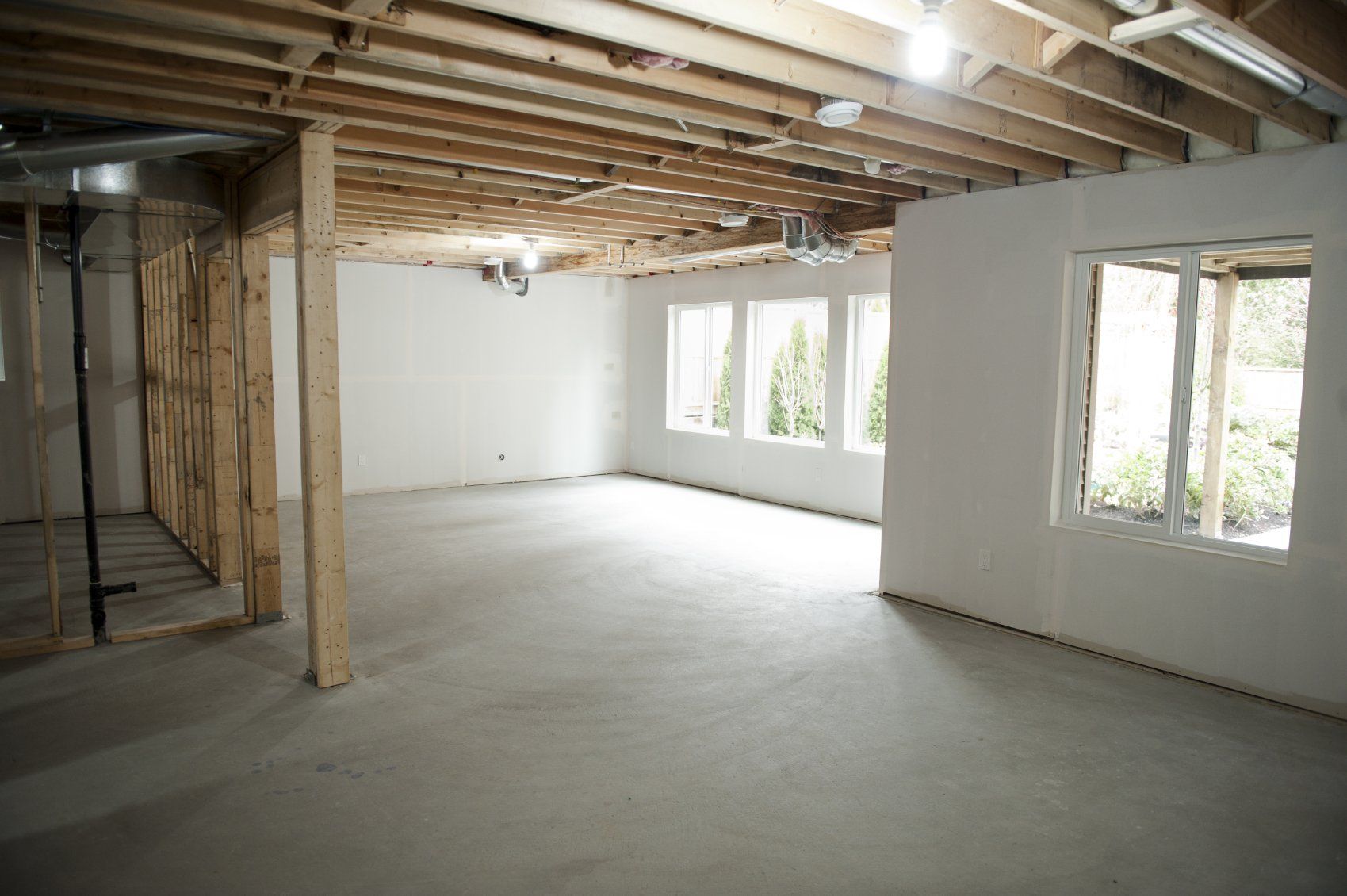The Hidden Danger: Could There Be Asbestos Lurking in Your Building?
As a building owner, tenant or manager, you may be unaware that there could be asbestos lurking in your building

Asbestos is a hidden danger, and its presence can be harmful to your health and those around you. In this article, I will discuss what asbestos is, why it is dangerous, where it can be found in buildings, and how you can protect yourself and others from asbestos exposure.
What is Asbestos and Why is it Dangerous?
Asbestos is a naturally occurring mineral that was commonly used in building materials during the 20th century. It was popular because of its strength, durability, and fire resistance. However, asbestos is a dangerous substance that can cause serious health problems, including lung cancer, mesothelioma, and asbestosis. Asbestos fibres are microscopic, and when they are inhaled, they can embed themselves in the lungs and cause long-term damage.
Common Places Asbestos Can be Found in Buildings
Asbestos can be found in many different building materials, including insulation, ceiling tiles, floor tiles, roofing materials, and even some types of paint. Older buildings are more likely to contain asbestos, but it can still be found in newer buildings as well. Some of the most common places where asbestos can be found in buildings include:
Insulation
Asbestos was commonly used as insulation in buildings, particularly in attics and walls. It was often mixed with other materials, such as vermiculite, to create a fire-resistant barrier.
Ceiling Tiles
Asbestos was also commonly used in ceiling tiles due to its fire-resistant properties. If you have older ceiling tiles in your building, they may contain asbestos.
Floor Tiles
Asbestos was used in vinyl floor tiles and adhesives. If you have older flooring in your building, it may contain asbestos.
Roofing Materials
Asbestos was used in roofing materials, such as profile sheets, slates/shingles and felt. If you have an older roof, it may contain asbestos.
Signs of Asbestos in Your Building
It can be difficult to determine if there is asbestos in your building just by looking at it. Asbestos fibres are microscopic, and they cannot be seen with the naked eye. However, there are a few signs that may indicate that there is asbestos in your building:
Age of the Building
If your building was constructed before 2000, it is likely to contain some asbestos containing materials (ACM’s).
Previous Renovations
If your building has undergone renovations in the past, it is possible that asbestos was disturbed or even installed during the construction process.
Building Materials
If you have older building materials, such as insulation, ceiling tiles, or flooring, they may contain asbestos.
Legal Requirements for Dealing with Asbestos
Asbestos is a hazardous material, and there are strict legal requirements for dealing with it. In the United Kingdom, the HSE regulates the handling and disposal of asbestos. The Control of Asbestos Regulations 2012 are in place to protect workers from asbestos exposure. If you own or manage a building that contains asbestos, you are legally required to take certain steps to ensure the safety of those who work or live in the building. These steps include:
Asbestos Management Plan
You must legally have an asbestos management plan in place that outlines how you will identify and manage asbestos in your building.
Asbestos Survey
You must have your building inspected by a competent asbestos surveyor to determine if there is asbestos present.
Asbestos Removal
If asbestos is found in your building, it may not need to be removed, however if you are likely to disturb it as part of any works, you must have it removed by a licensed asbestos removal contractor.
Notification
You must notify anyone who may come into contact with asbestos in your building, including employees, tenants, and contractors.
How to Protect Yourself and Others from Asbestos Exposure
If your building contains asbestos, it is important to take steps to protect yourself and others from exposure. Here are a few ways to do so:
Get Trained
If you work in a building that contains asbestos, you should receive asbestos awareness training. This will help you to identify asbestos-containing materials and understand how to work around them safely.
Avoid Disturbing Asbestos
If asbestos-containing materials are left undisturbed, they pose little risk. However, if they are disturbed, asbestos fibres can be released into the air. Avoid drilling, sanding, or otherwise disturbing asbestos-containing materials.
Follow Proper Procedures
If you are properly trained in removing or handling asbestos, you should follow proper procedures to minimise the risk of exposure. This includes wetting down materials to prevent fibres from becoming airborne and properly disposing of asbestos-containing materials.
What to Do if You Suspect There is Asbestos in Your Building
If you suspect there is asbestos in your building, you should take immediate action. Here are a few steps you can take:
Have Your Building Inspected
Contact ae experiences asbestos consultant like Consulo Compliance to have your building inspected for asbestos.
Develop an Asbestos Management Plan
If asbestos is found in your building, you should develop an asbestos management plan to ensure that it is properly managed and contained.
Hire a Licensed Asbestos Removal Contractor
If asbestos needs to be removed from your building, you should hire a licensed asbestos removal contractor to handle the removal process.
Notify Others
You should notify anyone who may come into contact with asbestos in your building, including employees, tenants, and contractors.
Conclusion
Asbestos is a hidden danger that can be present in any building constructed before 2000. It is a hazardous material that can cause serious health problems, including lung cancer, mesothelioma, and asbestosis. If you suspect there is asbestos in your building, it is important to take immediate action to protect yourself and others from exposure. This includes having your building inspected, developing an asbestos management plan, and where necessary, hiring a licensed asbestos removal contractor to handle the removal process.
With proper precautions and procedures in place, you can help to ensure the safety of those who work or live in your building.
Consulo Compliance can help you comply with The Control of Asbestos Regulations 2012









